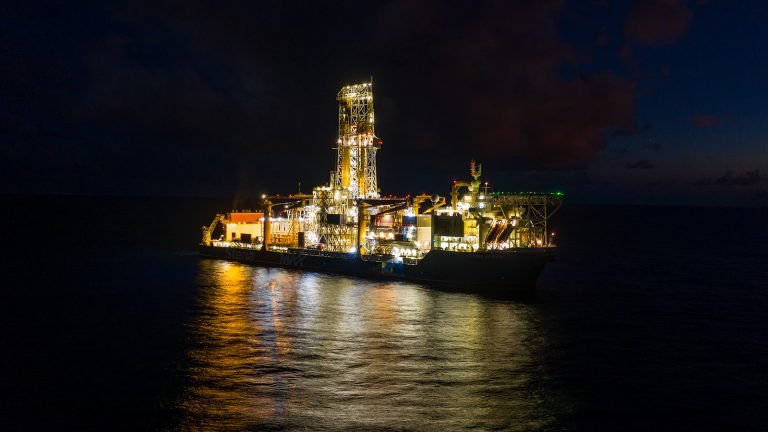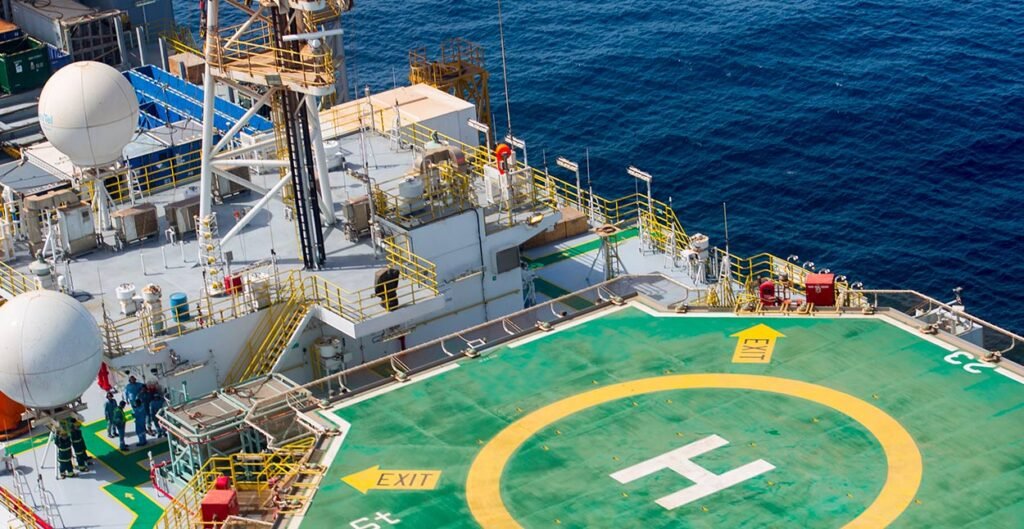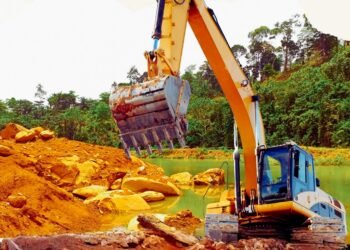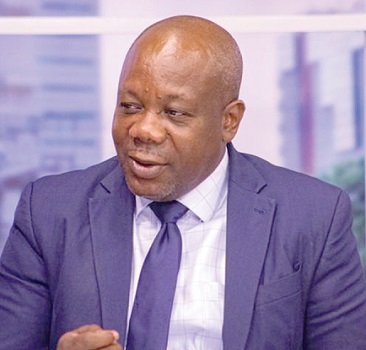Africa’s oil and gas sector is entering a new phase of cautious resurgence, buoyed by renewed investment interest and technological advances that are unlocking opportunities across both established and frontier markets, according to the African Energy Chamber’s (AEC) State of African Energy 2026 Outlook.
The report, launched at the African Energy Week 2025 in Cape Town, paints a complex but promising picture for the continent’s upstream industry, one shaped by maturing oilfields, new discoveries, and an evolving balance between international investors and national oil companies.
According to the AEC, while long-standing producers such as Algeria, Nigeria, Libya, Egypt, and Angola continue to anchor the continent’s output, they face growing challenges from aging infrastructure and declining reservoirs.
In contrast, new investment frontiers like Namibia and Ivory Coast are quickly emerging as the next big players, thanks to recent discoveries and favorable fiscal conditions.
“Established producers continue to dominate Africa’s output yet face mounting pressures from aging infrastructure and maturing fields.
“In contrast, emerging investment destinations such as Ivory Coast and Namibia are attracting attention thanks to recent discoveries and the potential for high upside, particularly in frontier basins offering favorable fiscal terms.”
AEC’s State of African Energy 2026 Outlook
Technological advancements are also playing a decisive role. AEC noted that innovations in seismic acquisition, processing technologies, and deepwater drilling have allowed operators to target increasingly complex reservoirs once thought unreachable.

In North Africa, exploration beneath Upper Miocene evaporites in the Mediterranean basin has unlocked over 50 trillion cubic feet (TCF) of gas, marking a significant leap in regional production capacity.
The Zohr Field in Egypt, one of the largest gas discoveries in the region, continues to showcase both the opportunities and challenges associated with variable reef structures.
Along the Atlantic margin, AEC highlighted the Agogo Field in Angola’s Congo Fan as a model example of the potential of pre-salt reservoirs, a geological trend expected to yield further discoveries in Gabon’s Coastal Basin and Angola’s Kwanza Basin.
However, onshore basins like Namibia’s Owambo and Zimbabwe’s Rufunsa have yet to produce significant finds, underlining the importance of infrastructure-led exploration strategies.
“The African upstream sector is evolving rapidly.
“Frontier and emerging basins present enormous potential, but realizing that potential requires targeted investment, innovative fiscal frameworks, and partnerships that can de-risk technically complex projects.”
NJ Ayuk, Executive Chairman of the African Energy Chamber
Stable Production Outlook Amid Transition

The AEC Outlook projects that Africa’s total hydrocarbon production will remain steady at around 11.4 million barrels of oil equivalent per day (MMboe/d) in 2026.
New projects under development are expected to boost this figure to approximately 13.6 MMboe/d by 2030, with North Africa contributing nearly 60% of total output.
While deepwater production is growing rapidly, onshore fields in Algeria and Libya continue to play a central role.
Liquids are expected to account for 63% of total production in 2026, while natural gas will make up 37%, driven by surging global demand and the rollout of new LNG infrastructure in Mozambique, Nigeria, and Senegal.
Yet, the report also cautioned that several key assets face risks of becoming stranded due to geological and fiscal constraints.
Fields such as Egypt’s Hoda, Notus, and Satis, holding an estimated 520 million barrels of recoverable reserves, could face commercial challenges without supportive policies.
Similar risks hover over high-profile discoveries like Sierra Leone’s Jupiter and Angola’s Catchimanha fields.
Across southern Africa, the Brulpadda, Luiperd, and Venus discoveries hold vast potential but continue to grapple with restrictive fiscal terms and underdeveloped industrial infrastructure.
“These challenges underscore the critical role of regulatory and contractual frameworks in unlocking Africa’s resource potential.”
AEC’s State of African Energy 2026 Outlook
The report observed a significant shift in the continent’s production dynamics, with National Oil Companies (NOCs) now responsible for about 53% of total hydrocarbon output, outpacing International Oil Companies (IOCs), which contribute roughly 30%.
This transformation, AEC said, reflects a broader trend toward resource nationalism and greater operational control by host governments.
Countries such as Nigeria are actively expanding the capacity of their national oil companies to operate key assets either independently or through joint ventures, highlighting the continent’s desire to build local expertise while retaining foreign investment.
Shifting Dynamics in Drilling Markets

On the operational front, Africa’s rig market is undergoing structural changes. The floater segment continues to contract, while jackup rigs are expected to maintain stable demand levels over the next three years.
Drillship activity could see a rebound by 2027, but the AEC warned of a more competitive environment ahead, with contractors facing tighter margins and reduced day rates.
“In West Africa, high-spec ultra-deepwater fixtures could see rates fall to the low $400,000s, presenting opportunities for operators to advance drilling campaigns at more attractive costs.”
AEC’s State of African Energy 2026 Outlook
The next African Energy Week, scheduled for October 12–16, 2026, in Cape Town, will serve as a pivotal platform for discussing the continent’s upstream transformation.
The event will bring together investors, policymakers, and industry leaders to explore new exploration models, financing solutions, and strategies to balance sustainability with profitability.
READ ALSO: BoG’s $1.15bn FX Injection Sparks Clash with IMF and World Bank Over Cedi Stabilization























